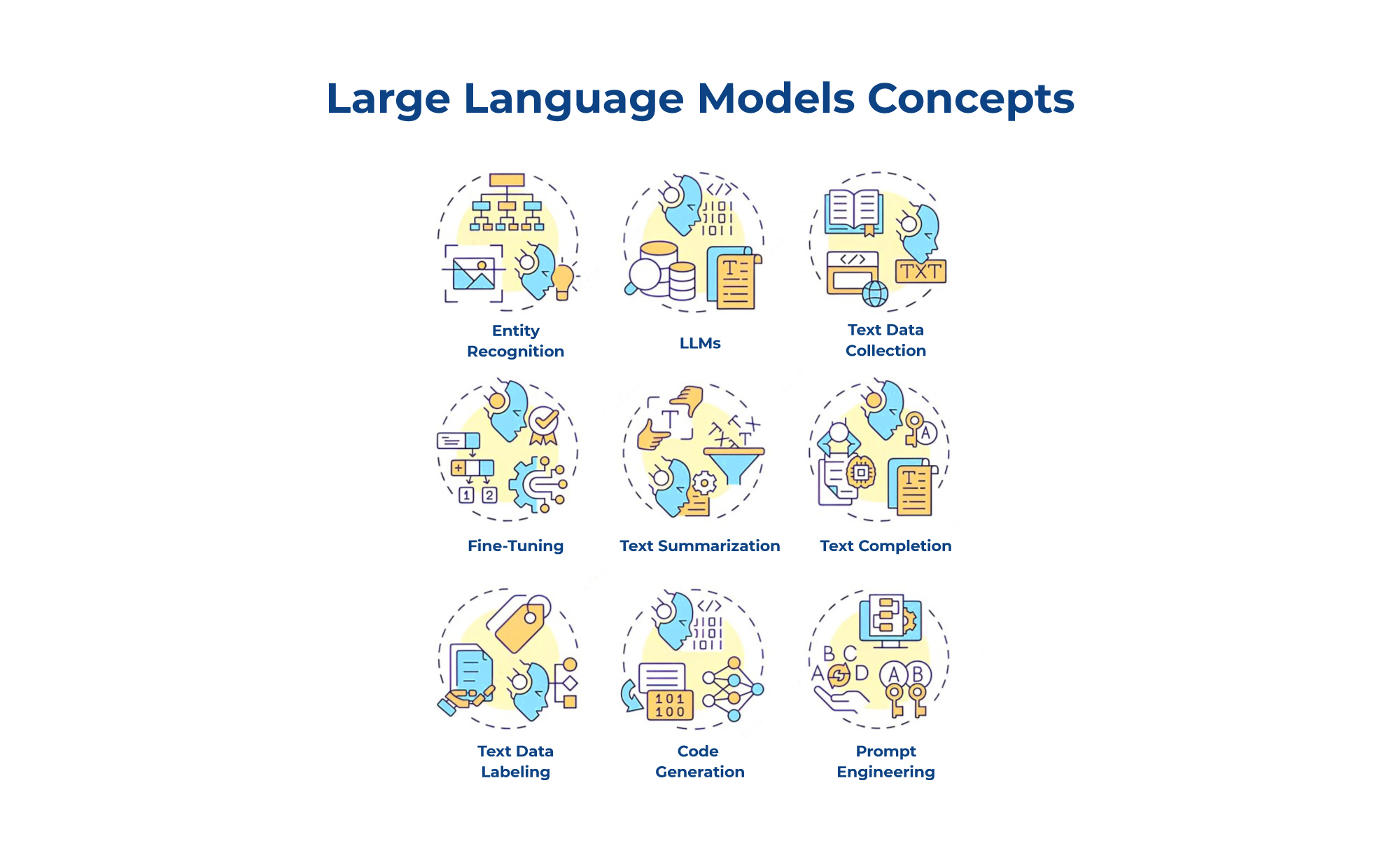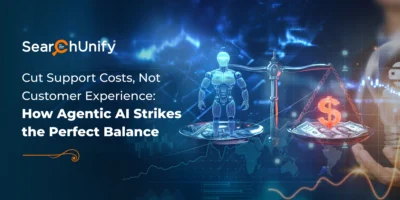
Remember the first time you interacted with a chatbot? It felt like magic – a machine mimicking human conversation! While those early attempts were a novelty, they often left users more frustrated than satisfied.
These rudimentary chatbots relied heavily on scripted responses and keywords, leading to awkward and unproductive interactions. Imagine: you ask a simple question, but the bot answers with something completely off-topic. No wonder many people abandoned these frustrating conversations.
But thankfully, chatbots have come a long way. Today’s chatbots are powered by Artificial Intelligence (AI), specifically Natural Language Processing (NLP). This allows them to understand the nuances of human language, interpret your intent, and respond in a more natural way.
Gone are the days of scripted interactions. Modern chatbots can engage in meaningful conversations, answer your questions effectively, and even provide personalized recommendations. They’ve become an indispensable part of our lives, streamlining our interactions with businesses and organizations.
If you’re curious to know how these seemingly irksome chatbots have become an indispensable part of our lives, then let’s get started!
The World of Stilted and Rule-Based Traditional Chatbots
Let’s start with an example: You go on to a website, and suddenly a pop-up appears, asking if you need any assistance. Excited to try this new feature, you ask a question. However, the chatbot gives a completely unrelated response, thus diminishing your excitement.
But what were the different challenges that plagued these traditional chatbots? Let’s find out!
- Limited Understanding: Traditional chatbots had trouble grasping natural language, thereby resulting in misinterpretation of user queries.
- Predefined Responses: Old-school chatbots relied on rigid scripts and keywords that made conversations feel unnatural.
- Stilted Conversations: Interactions with traditional chatbots lacked the charm and essence of a human being, therefore making the interactions stilted.
- Difficulty Handling Ambiguity: Irrespective of the user query or request, they were always met with the same pre-fed response, leading to subpar experiences.
- Lack of Personalization: They failed to personalize responses according to user preferences, history, or specific needs.
- Ineffective Problem-Solving: Traditional chatbots struggled with problem-solving tasks that required creative thinking or complex reasoning beyond their scripted capabilities.
- Limited Multilingual Support: Many traditional chatbots were only trained in a single language, which means multilingual users were left out in the cold.
- High User Frustration: The chatbots failed to recognize the intent and context of user queries resulting in a high abandonment rate.
- Maintenance Challenges: Maintaining and updating predefined scripts for chatbots was labor-intensive and costly, especially as the conversation complexity increased.
- Integration Issues: Traditional chatbots faced challenges when integrating with other systems or databases, hindering their ability to provide accurate information or complete tasks.
- Limited User Engagement: Due to their limitations, traditional chatbots struggled to engage users effectively, leading to reduced user satisfaction and interaction.
As companies were adjusting to the realization that chatbots were causing more damage to the customer experience as opposed to improving it, the need for a paradigm shift became apparent.
But what exactly brought about this transformation? How did chatbots evolve to meet these challenges head-on?
Let’s dive deeper to find out!
The Transformational Impact of Natural Language Processing (NLP) on Chatbots
Natural Language Processing (NLP) stands as a groundbreaking achievement in artificial intelligence, enabling machines to grasp and generate human language. This breakthrough marked a turning point for chatbots, ushering in a new era where machines could engage in more natural and contextually relevant conversations.
With the introduction of NLP, chatbots gradually shed their robotic demeanor and started to grasp the intricacies of human communication. They could interpret context, understand synonyms, and even detect hidden meanings/ambiguous language, thus ensuring conversations take a more meaningful shape.
Here’s what they can do:
- Understanding Human Language
NLP/New-age chatbots can process and understand the complexities of human language. It discerns patterns, grammar, and syntax within human conversations, thus bridging the gap between machine and human communication.
- Contextual Understanding
With NLP at its helm, chatbots are empowered to comprehend the meaning of actual words and phrases based on the preceding and subsequent dialogue. This empowers chatbots to provide responses that align/reply in a way that makes sense with ongoing conversations, ensuring an improved interaction experience.
- Intent Recognition
NLP-powered chatbots go beyond the literal words and identify the underlying intent of a user’s query. This capability ensures that chatbots provide accurate responses even if the user’s phrasing varies, enhancing the user experience by addressing their actual needs.
However, this is not where the narrative concludes, nor where its trajectory remains stagnant.
The Next Frontier in Customer Service: LLMs and NLP Revolutionize Interactions
Despite the strides made by NLP-powered chatbots, the quest for improvement remains unending in the ever-evolving landscape of technology and user expectations. As users craved more personalized, direct, and multifunctional experiences, the emergence of Large Language Models (LLMs) became the next frontier.
LLMs elevated chatbot capabilities to unprecedented heights, enabling them to generate coherent and contextually relevant responses comparable to those of human agents. These advanced chatbots transcended language barriers, understanding user queries in various forms and drawing from extensive knowledge banks to provide accurate and detailed information. What’s more, they evolved with each interaction, continuously learning and adapting, showcasing a new era of intelligent assistants.
The integration of LLMs and NLP blurred the boundaries between human and machine interactions, allowing chatbots not only to understand explicit language but also to grasp underlying intent and sentiment. This transformative phase marked a new horizon for customer service, where empathy and relevance became the hallmarks of chatbot interactions.

Introducing FRAG Framework: A Leap Forward for Customer Support
Enter FRAG, a cutting-edge framework at the intersection of technology and customer service, pushing the evolution from traditional chatbots to LLM and NLP-powered intelligent assistants. While LLMs are impressive, challenges such as inaccuracies, bias, and outdated data still linger. That’s where Fragmented Retrieval Augmented Generation (FRAG) steps in to enhance the capabilities of customer service chatbots.
Unlike traditional LLMs, FRAG introduces an additional layer—combining Federation, Retrieval, and Augmented Generation. Together, these components optimize chatbot performance, ensuring more contextually appropriate responses. The FRAG framework represents a leap forward, addressing challenges and refining chatbot interactions for a more seamless customer service experience.

From Evolution to Revolution: FRAG Unleashes New Capabilities
The FRAG framework enhances chatbot capabilities, allowing them to retrieve and generate information with unprecedented accuracy and relevance. It signifies a significant stride in the ongoing quest to continually improve customer service interactions. The world’s first FRAG-powered chatbot stands as a testament to human perseverance and innovation, promising more sophisticated interactions with LLMs, NLP, and RAG technologies at its helm. Are you prepared to explore a world where technology seamlessly merges with human needs, creating an unparalleled customer experience? Get ready for the revolution.











